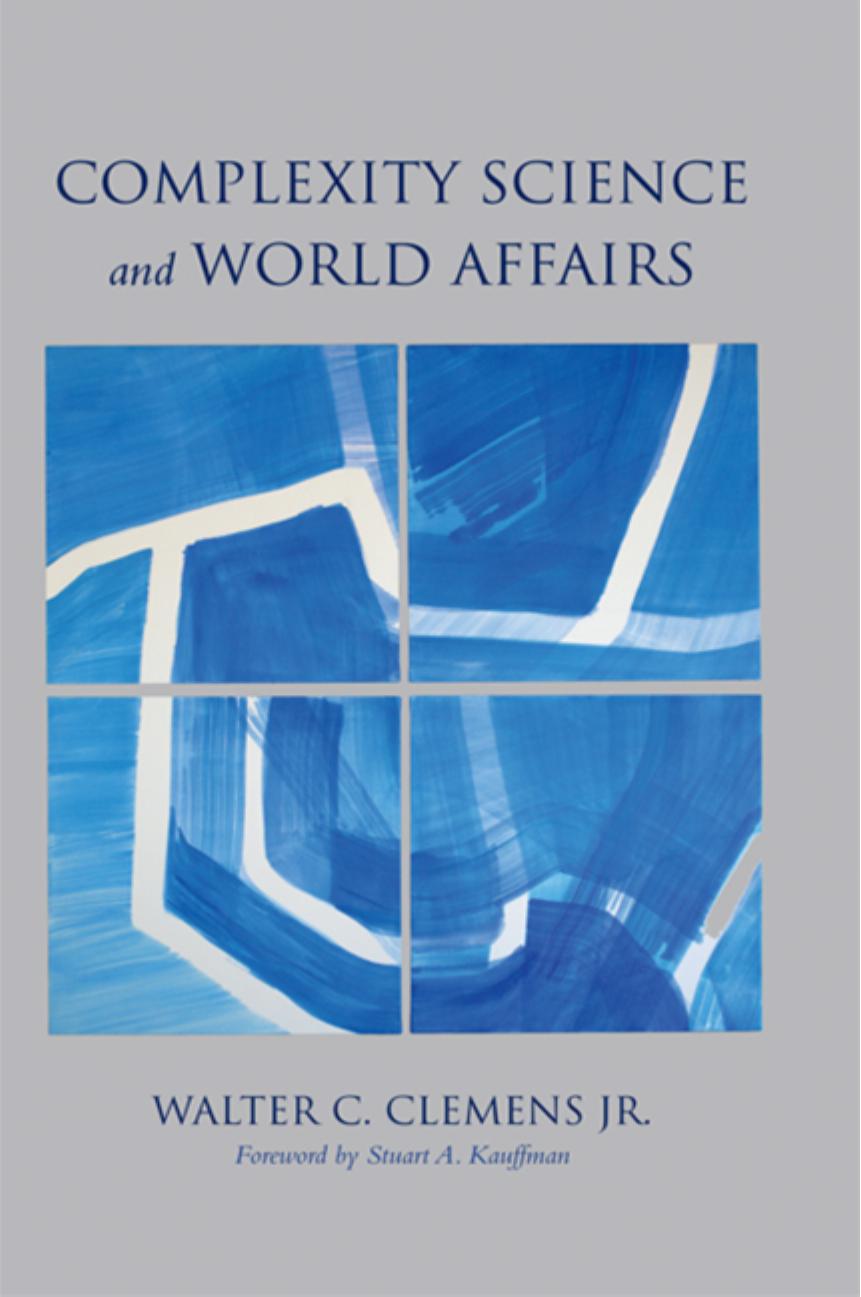Complexity Science and World Affairs by Walter C. Clemens Jr

Author:Walter C. Clemens Jr. [Clemens, Walter C. Jr.]
Language: eng
Format: epub, pdf
Tags: political science, International Relations, General, Social Science, Methodology, history, Russia & the Former Soviet Union
ISBN: 9781438449036
Google: dI-STYPX5pEC
Publisher: SUNY Press
Published: 2013-11-18T23:57:13.510262+00:00
POLITICAL COHESION AND JUSTICE
Of all the costs imposed on American society by the top 1 percent, Stiglitz cautioned in 2011, one of the greatest was growing alienationââthe erosion of our sense of identity, in which fair play, equality of opportunity, and a sense of community are so important. America has long prided itself on being a fair society, where everyone has an equal chance of getting ahead.â
Political cohesion began to fall apart during and after the Vietnam War. After the Gerald Ford interregnum, U.S. voters flip-flopped between a liberal Jimmy Carter and conservatives Ronald Reagan and George H. W. Bush. Bipartisan cooperation in the U.S Congress came to a dead end after liberal centrist Bill Clinton defeated the elder Bush in 1992. When Republicans regained control of the House in 1994 and installed Newt Gingrich as Speaker of the House in 1995, he immediately abolished the Democratic Study Group, long trusted by Republicans as well as Democrats for its analysis of proposed legislation. Gingrich halted the previous practice of providing several alternative bills and instead presented one rather partisan bill that members could either approve or reject. Confrontations between Gingrich and President Clinton over budget appropriations led to brief government shutdowns in 1995 and 1996. The take-it-or-leave-it approach continued when Democrats retook the House in 2006 (Cooper 2011; Nocera 2011).
Political tensions deepened in 2000 when Democrats concluded that that Al Goreânot George W. Bushâwon the 2000 election, only to be outmaneuvered by Florida Republicans who, Democrats complained, rigged the ballot process, followed by a five to four intervention by a politicized U.S. Supreme Court. Installed in the White House, Bush championed policies that deepened political divisions (Clemens 2004b). The next presidential election (2008) was also disputedâthis time because Republican authorities in the crucial state of Ohio kept many blue collar workers and blacks from voting.
Gone were the days when liberal Republicans and conservative Democrats nudged the two parties together. The prospect of legislation achieved by rational discussion to enhance the public good appeared very dim. Use of the filibuster to block legislation in the Senate rose to 70 percent of proposed bills in 2008 from just 8 percent in the 1960s (Luce 2012a). Two long-time observers of Washington concluded in 2012 that âitâs even worse than it looks.â By Obamaâs first term the Republican Party had become an insurgent outlierââideologically extreme; contemptuous of the inherited social and economic policy regime; scornful of compromise; unpersuaded by conventional understanding of facts, evidence and science; and dismissive of the legitimacy of its political opposition, all but declaring war on the government.â In these conditions it became âextremely difficult to enact policies responsive o the countryâs most pressing challengesâ (Mann and Ornstein 2012).
Asymmetrical polarization took shape as swords were drawn for the 2012 elections. Many Republican politicians seemed to place a greater value on defeating Obama than on fostering national fitness. Their August 2011 conditions for raising the debt ceiling ledâfor the first timeâto a downgrading of the countryâs credit rating. Lowering the U.S
Download
Complexity Science and World Affairs by Walter C. Clemens Jr.pdf
This site does not store any files on its server. We only index and link to content provided by other sites. Please contact the content providers to delete copyright contents if any and email us, we'll remove relevant links or contents immediately.
| Africa | Americas |
| Arctic & Antarctica | Asia |
| Australia & Oceania | Europe |
| Middle East | Russia |
| United States | World |
| Ancient Civilizations | Military |
| Historical Study & Educational Resources |
Machine Learning at Scale with H2O by Gregory Keys | David Whiting(4190)
Never by Ken Follett(3795)
Fairy Tale by Stephen King(3220)
The Man Who Died Twice by Richard Osman(2997)
Oathbringer (The Stormlight Archive, Book 3) by Brandon Sanderson(2890)
Will by Will Smith(2794)
Rationality by Steven Pinker(2291)
The Dark Hours by Michael Connelly(2246)
Can't Hurt Me: Master Your Mind and Defy the Odds - Clean Edition by David Goggins(2229)
The Dawn of Everything: A New History of Humanity by David Graeber & David Wengrow(2122)
Friends, Lovers, and the Big Terrible Thing by Matthew Perry(2120)
Principles for Dealing With the Changing World Order: Why Nations Succeed and Fail by Ray Dalio(1974)
HBR's 10 Must Reads 2022 by Harvard Business Review(1778)
A Short History of War by Jeremy Black(1763)
Go Tell the Bees That I Am Gone by Diana Gabaldon(1687)
515945210 by Unknown(1600)
A Game of Thrones (The Illustrated Edition) by George R. R. Martin(1591)
Kingdom of Ash by Maas Sarah J(1529)
443319537 by Unknown(1470)
